In this post, we shall celebrate the beauty and variation of a veritable wood-warbler whose taxonomic inclusion into this glamorous group has been overlooked far too long, whose charisma has thus tragically and largely gone unnoticed and whose beauty has been severely under… mis… err … [coughs] estimated wrongly until very recently.
Ladies and Gentlemen, please feel obliged to enjoy and cheer as I present to you and your kind visual attention …
.
[accelerating drum roll]
.
The Black-throated Brown Warbler, Dendroica Setophaga domesticus !
.
Looking beauty in the face.
A red carpet glance over the right shoulder.
The confusing taxonomy and late recognition as a wood-warbler is easily explained by the amazing abilities and capabilities of the Black-throated Brown Warbler. The eye-claw coordination and the skillfulness with which it uses its feet had most scientists convinced the Black-throated Brown Warbler was best placed as a subspecies amongst the Purple Swamphens.
Others argued that its habitat choice (in part) and general foraging behaviour would clearly show it to be a long-lost member of the Ammodramus “Sharp-tailed Sparrows” of North America, but people were simply afraid of the taxonomic implications. This is why most ornithologists working in the field of taxonomy are placed amongst the chickens.
.
The most intriguing aspect of the Black-throated Brown Warbler’s life history however has yet to be incorporated into the taxonomic debate and might shed light onto its position within the wood-warbler taxonomic tree, or rather maze:
The species shows differing character traits that correspond with geographically disjunct populations. Yes, indeed. Within the Black-throated Brown Warbler’s world distribution, we can clearly distinguish between good, bad, and ugly populations.
I’ll show you…
This – above – is a Black-throated Brown Warbler from a GOOD population, photographed within its righteous natural range in Germany. Clean record, charming chirping, always welcome to kick other bird species’ undertail coverts at feeders and nest boxes.
Above is a Black-throated Brown Warbler BAD BOY, photographed in Michigan. Evil. Diabolical. Despicable. Genocidal. A bullying invasive alien, with bluebird blood on its bill and imperialistic vengeance on its mind, the “English Sparrow” in the New World is the bane of biodiversity and the boon of disaster.
And then there are the little-known UGLY populations of western Kazakhstan. A potential split (as it might overlap with good birds without interbreeding, because essentially good girls don’t interbreed with ugly dudes), it is regularly found at roadside stop locations that are situated next to mining areas for gravel, with dark brownish-black-red stone dust from the crushers covering the open ground and providing irresistible dust-bathing opportunities. This form has rarely been photographed in the wild, and most records are from museums where staff found specimens in the drawers while taking stock after a smouldering fire in the basement. The following pictures, while taken through the dusty car window and thus being of limited quality, are therefore rare contemporary documents of historic dimensions, and I beg your appreciation.
.
That was it, folks, the post is over, nothing more to see here.
Thank you for reading this and glad you enjoyed … Huh?
What’s that you say? But of course, how could I forget?
.
Just for the record, there are female Black-throated Brown Warblers, too.
Creatures of stunning inner beauty.
————————————————————————————————————————————————
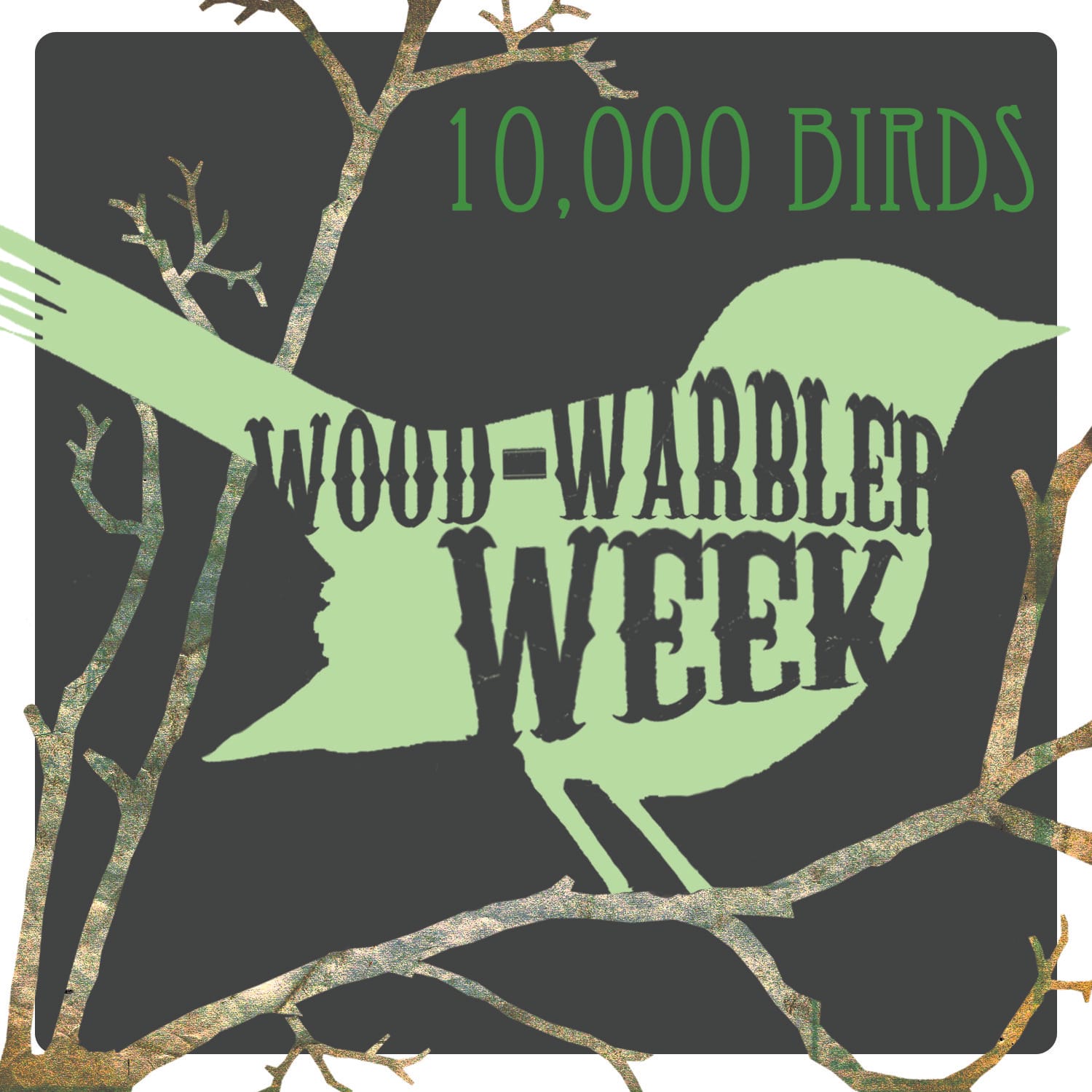 This week, 8 May – 14 May 2011, is Wood-Warbler Week on 10,000 Birds! Though wood-warblers, the mostly brightly colored birds of the family Parulidae, are only found in the New World we felt that birders the world over would be pleased to see a plethora of posts about these striking and sought after species. We are devoting a whole week to wood-warblers but are only just barely scratching the surface of possible topics involving this amazing family of birds.
This week, 8 May – 14 May 2011, is Wood-Warbler Week on 10,000 Birds! Though wood-warblers, the mostly brightly colored birds of the family Parulidae, are only found in the New World we felt that birders the world over would be pleased to see a plethora of posts about these striking and sought after species. We are devoting a whole week to wood-warblers but are only just barely scratching the surface of possible topics involving this amazing family of birds.
Right now great flocks of wood-warblers are making their way north from the southern United States, Mexico, the Caribbean, Central and South America to breed across the United States and Canada. Many other non-migratory wood-warbler species are living their lives across the neotropics, doing their best to survive and pass on their genes. Wood-Warbler Week is a celebration of all wood-warblers and we hope you join us in celebrating these absolutely wonderful birds. Read about them here but also get out and experience them. You won’t regret it!
————————————————————————————————————————————————

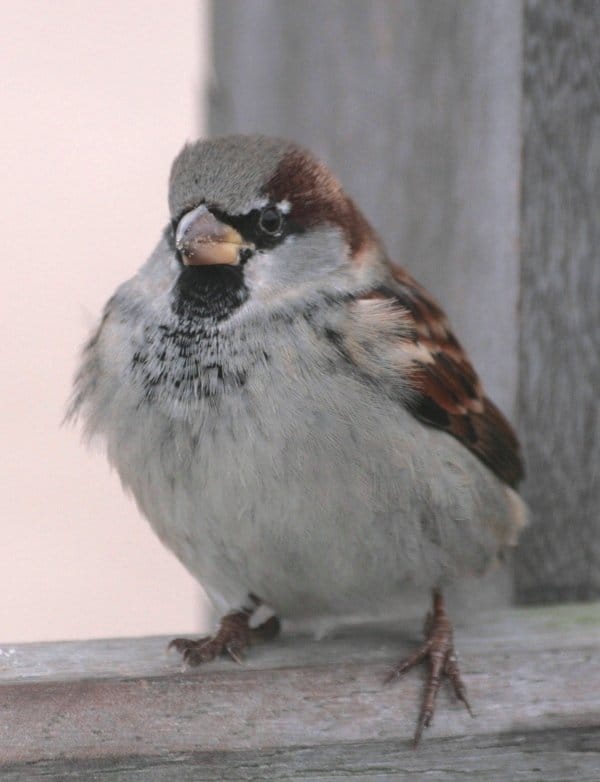
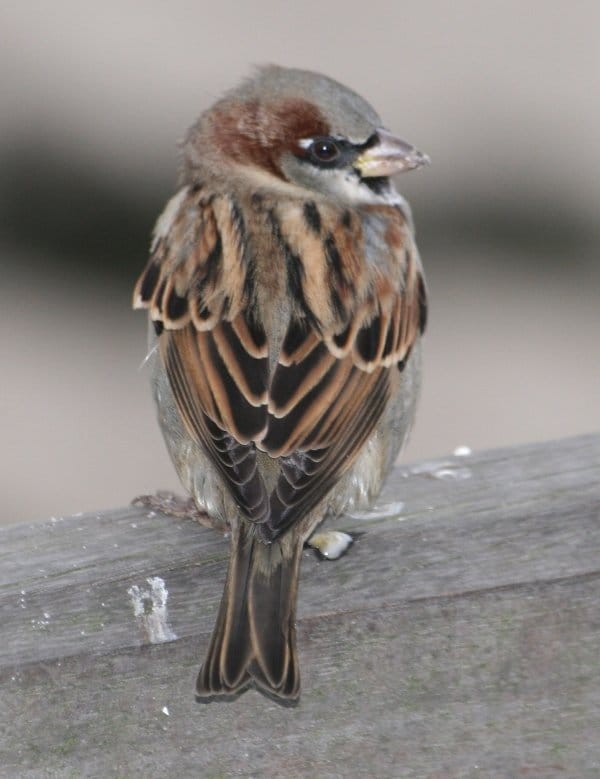
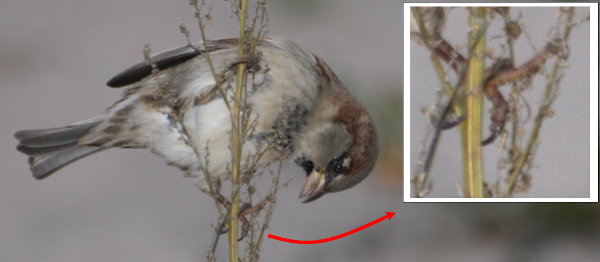
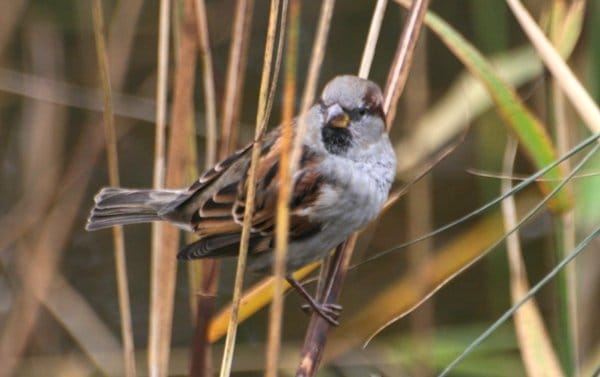
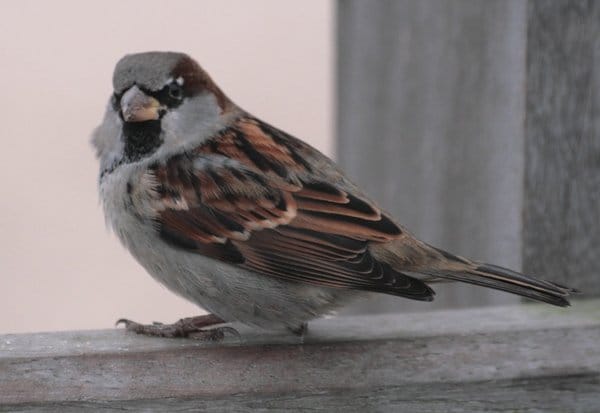

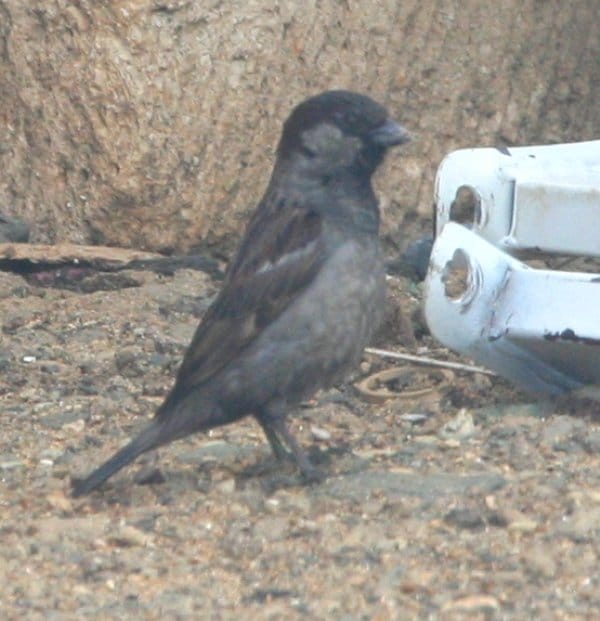
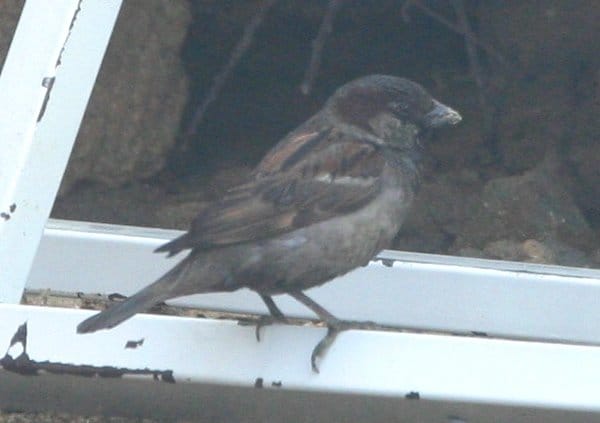
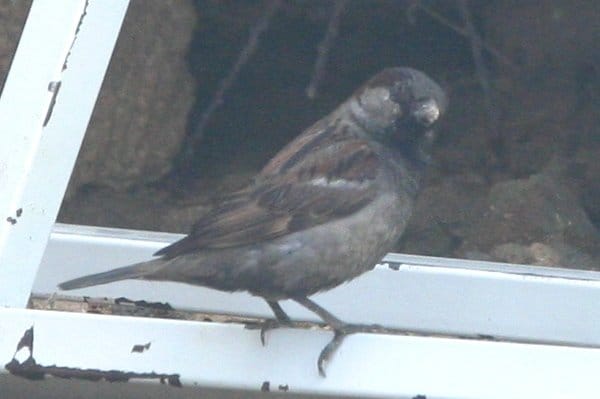
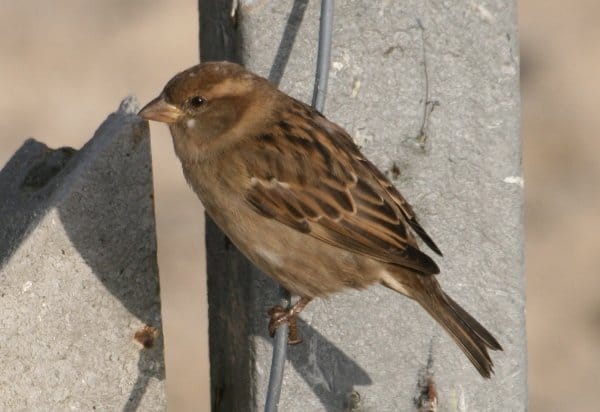




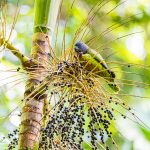
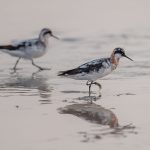

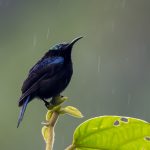

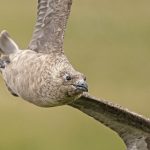
I thought I saw one of these once, but it was such a fleeting glance that the mad listers said on no account should I even consider listing it, especially as there was no way it could possibly count, seeing as how I saw it in San Francisco which wasn’t part of the ABA on consecutive Tuesdays (except in January). Fortunatly I also saw one in Hawaii, so I counted that one for my ABA list instead.
I am blessed with the opportunity to travel, allowing me to see these exotic beauties. My father once saw one near London, but he was often escorted home by unreliable witnesses.
@Duncan: oh-oh, looking for trouble again? But didn’t you see it on Iceland, and shouldn’t that count for your ABA list? 🙂
@Redgannet: you are one lucky birder, but don’t let tree blossoms get in the way of those warblers when trying to photograph them. And about your father and apples falling from trees … hmmmm. 😉
I was once saw a pigeon lying on its side on the roof of my very tall house. Other pigeons would approach it and then back away, but keep near it. I waited for half an hour and no further action ensued. Later I came back; all birds gone, no sick bird fallen down from the roof. Was this pigeon altruism or moral support? The pigeon was the center of the others attention for a long time.Thank you for your great photos. I am gwynnoneill@gmailcom.